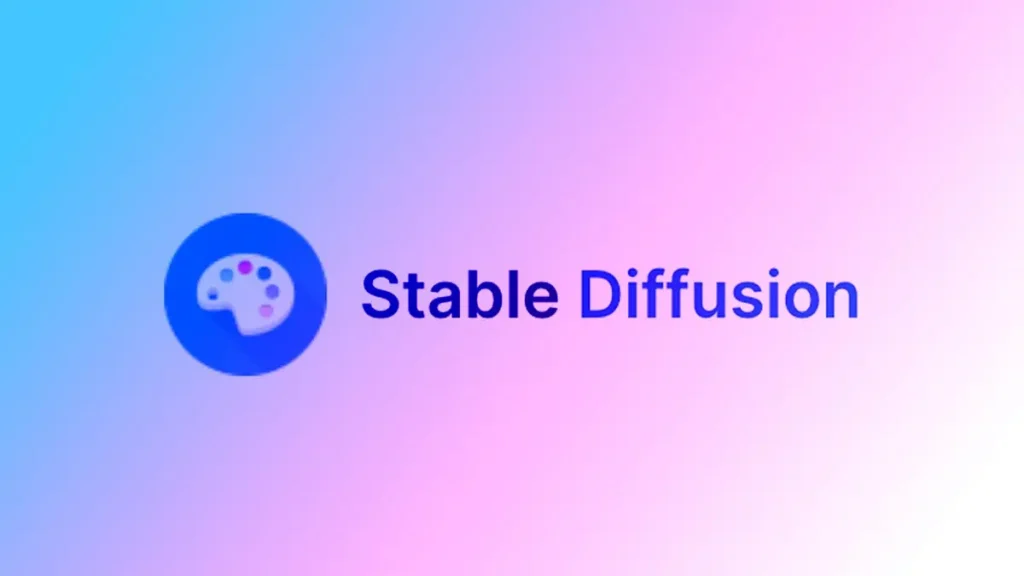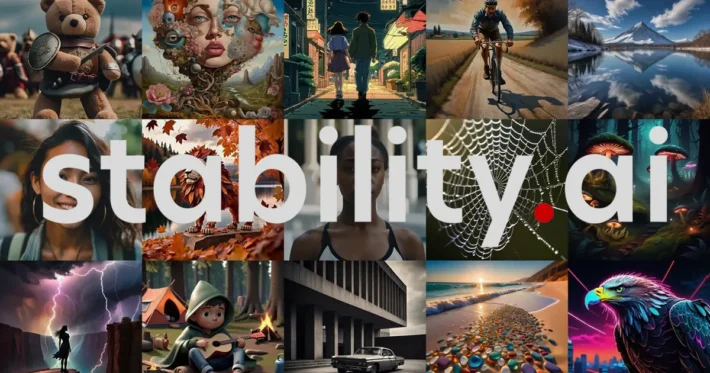Is Stable Diffusion Free?

Stable Diffusion, developed by Stability AI, has emerged as a prominent open-source text-to-image model, renowned for its high-quality outputs and adaptability. Its accessibility has empowered a diverse range of users—from hobbyists and researchers to startups and enterprises—to harness its capabilities. However, questions often arise regarding its cost and licensing terms. This article delves into the nuances of Stable Diffusion’s licensing, potential hidden costs, and its broader implications.
What is Stable Diffusion?
Stable Diffusion is a deep learning model that transforms textual prompts into images. Introduced by Stability AI, it has undergone several iterations, with the latest being the Stable Diffusion 3.5 series. These models are designed to be efficient, customizable, and capable of producing high-resolution images across various styles.
Is Stable Diffusion Free to Use?
Stability AI offers a tiered licensing model for Stable Diffusion, catering to different user needs and organizational scales.
Community License
The Community License is tailored for:
- Individuals and organizations with annual revenues under $1 million
- Researchers, developers, and creators
- Non-commercial and certain commercial uses
Under this license:
- Free access to Stable Diffusion models, including the latest 3.5 series.
- Permission for commercial use, provided the annual revenue threshold isn’t exceeded.
- Rights to create derivative works, such as fine-tuned models, without additional fees.
This license is particularly beneficial for startups, small businesses, and independent creators looking to integrate AI-generated imagery into their projects without incurring licensing costs.
Enterprise License
For entities exceeding the $1 million annual revenue mark or requiring advanced support, the Enterprise License is appropriate. This license offers:
- Full commercial rights to use and distribute Stable Diffusion outputs.
- Implementation support and potential for custom model training.
- Custom pricing, based on specific organizational needs.
Engaging with Stability AI for this license ensures compliance and access to enhanced features and support.
Hidden Costs and Considerations
While the model itself may be free under certain licenses, users should be aware of potential indirect costs:
Hardware Requirements
Running Stable Diffusion efficiently necessitates robust hardware:
- GPU with sufficient VRAM: Advanced models may require GPUs with 8GB or more VRAM.
- Storage and RAM: High-resolution image generation can be resource-intensive.
Investing in appropriate hardware is crucial for optimal performance.
Energy Consumption
Continuous or large-scale image generation can lead to increased electricity usage, impacting operational costs.
Cloud Computing Expenses
For those opting to run Stable Diffusion on cloud platforms:
- Compute costs: Charges based on usage time and resources.
- Storage fees: Costs associated with storing generated images and models.
These expenses can accumulate, especially for high-volume operations.
Practical Examples of Usage
Example 1: Generating Images Locally
You can run Stable Diffusion on your local machine using Python. Here’s a simplified example:
pythonCopyEditfrom diffusers import StableDiffusionPipeline
import torch
# Load the pre-trained model
pipe = StableDiffusionPipeline.from_pretrained("CompVis/stable-diffusion-v1-4")
pipe = pipe.to("cuda") # Use GPU for faster processing
# Generate an image
prompt = "A serene landscape with mountains and a lake"
image = pipe(prompt).images[0]
# Save the image
image.save("output.png")
This script loads the Stable Diffusion model and generates an image based on the provided prompt.
Example 2: Fine-Tuning the Model
For more advanced users, fine-tuning Stable Diffusion on custom datasets allows for specialized image generation. This process involves training the model on new data to adapt it to specific styles or subjects. While this requires more computational resources and expertise, it enables the creation of unique and tailored outputs.
Ethical and Legal Implications
Content Generation Concerns
The open nature of Stable Diffusion allows for a wide range of content generation, which, while fostering creativity, also raises ethical concerns. Instances of misuse, such as generating explicit or non-consensual imagery, have been reported, highlighting the need for responsible usage and potential content moderation mechanisms.
Copyright and Intellectual Property
The training data for Stable Diffusion includes a vast array of images, some of which may be copyrighted. This has led to legal challenges, with entities like Getty Images alleging unauthorized use of their content. Users should be cautious and ensure that their use of generated images doesn’t infringe upon existing copyrights.
Conclusion
Stable Diffusion offers a powerful tool for image generation, with flexible licensing that accommodates a broad spectrum of users. While the model itself can be accessed for free under certain conditions, users should be mindful of associated costs and ethical considerations. By understanding the licensing terms and potential implications, individuals and organizations can effectively and responsibly integrate Stable Diffusion into their workflows.
Getting Started
CometAPI offer a price far lower than the official price to help you integrate Stable Diffusion API, and you will get $1 in your account after registering and logging in! Welcome to register and experience CometAPI.
More details about Stable-Diffusion XL 1.0 API and Stable Diffusion 3.5 Large API etc,For more Model information in Comet API please see API doc.Price in CometAPI:
- stability-ai/stable-diffusion-3.5-large: $0.208 per create API call.
- stability-ai/stable-diffusion-3.5-medium: $0.112 per call.
- stability-ai/stable-diffusion-3.5-large-turbo: $0.128 per create API call.
- stability-ai/stable-diffusion-3: $0.112 per call
- stability-ai/stable-diffusion: $0.016 per call
This pricing structure allows developers to scale their projects efficiently without overspending.


